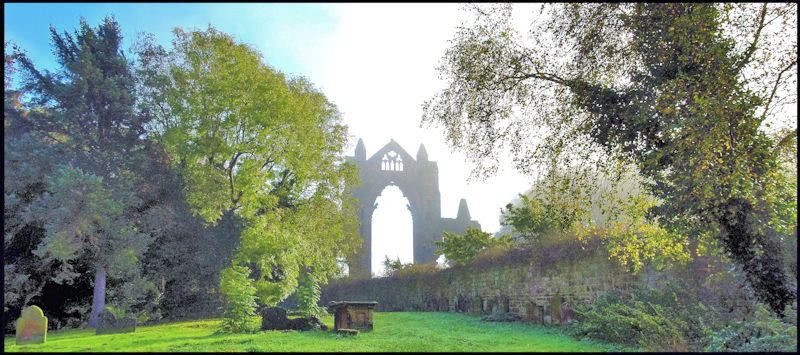
The steep cliff of NORTH CAPE (or Nord Kapp), in Norway, is often referred to as the northernmost point of Europe. There is some contention about this, according to how this is defined. However, the North Cape is the point where the Norwegian Sea, part of the Atlantic Ocean, meets the Barents Sea, part of the Arctic Ocean. The midnight sun can be seen here from 14 May to the 31st of July. The sun reaches its lowest point here from 12:14 – 12:24 a.m. during those days.
North Cape is inside the Arctic Circle. On a visit there in 2002, I took the photograph below of a Mother and Child statue, where the child is pointing Northwards towards the Pole, still over 1000 miles away.

Based on this scene, I wrote the following verse, in the poetic format of a cinquain.
Reach out
At the North Cape.
Pointing the way homeward?
No; He’s pointing to the North Pole;
World’s End.
![]()
Cinquain: a short, usually unrhymed, poem consisting of twenty-two syllables distributed as 2, 4, 6, 8, 2, in five lines. It was developed by the Imagist poet, Adelaide Crapsey, who was born in 1878, the third child of an Episcopal clergyman. She graduated from Vassar College, returning to her high school boarding school, Kemper Hall, to teach literature and history. A few years later, while teaching a course entitled, “Poetics: A Critical Study of Verse Forms” at Smith College, she began a study of metrics which led to her invention of the cinquain as we know it.
In its simplest dictionary definition, a cinquain is a poem of five lines. Crapsey’s cinquain was more specific, a poem of five lines with a specific syllable count of 2-4-6-8-2, usually iambic. The ideal cinquain for Crapsey was one that worked up to a turn or climax, and then fell back. Similar to the “twist” that often occurs in the final couplet of a sonnet, a cinquain’s “turn” usually occurs during the final, shorter fifth line or immediately before it. Thus, the momentum of a cinquain grows with each subsequent line as another two syllables, usually an iambic foot, is added bringing the poem to a climax at the fourth line, falling back to a two syllable “punch line”.
There are several different forms of the Cinquain. For more information on this, see the ‘Shadow Poetry’ website at: Cinquain
![]()
Below are three more of my photographs from my visit to Norway’s NORTH CAPE …
Click on any one for a larger image.
![]()




Lovely
LikeLiked by 1 person
Many thanks, Yasmin
LikeLiked by 1 person
Welcome my dear Ro.
LikeLike
Another excellent and interesting post Roland. The Cinquain seems an interesting and challenging form. Your poem and photo work well together.
LikeLiked by 1 person
Thanks for commenting, Davy.
LikeLiked by 1 person
Pingback: Easter, Love & Cricket | Roland's Ragbag